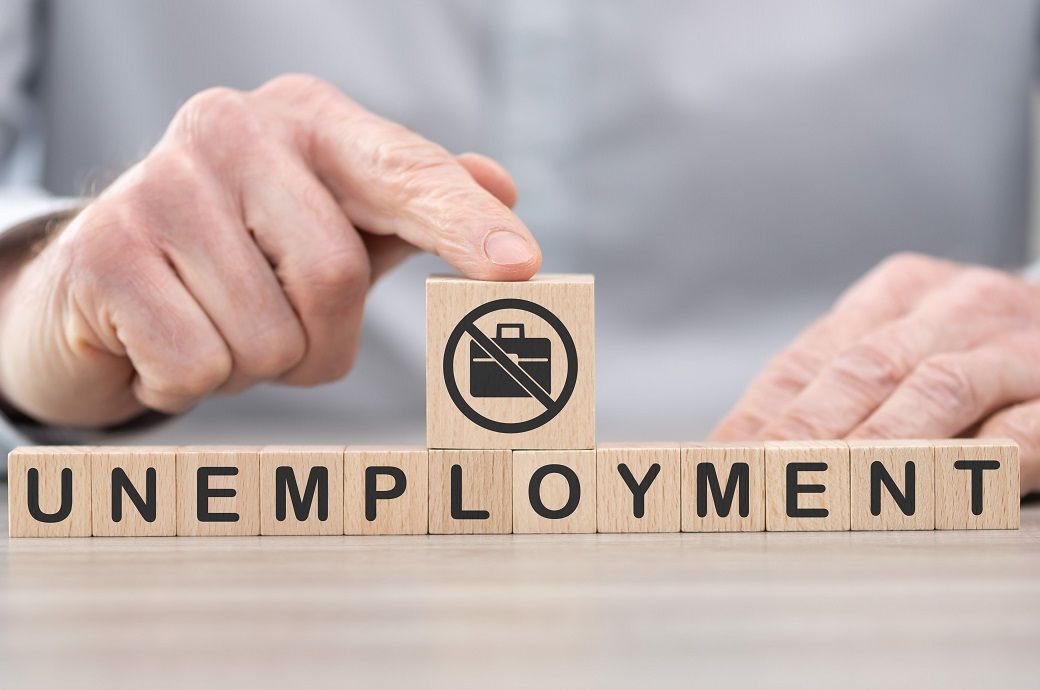Fashion
Will India-US trade deal shake up Asia’s apparel export dynamics?

India and the US are close to sealing a landmark trade deal that could ease the steep tariffs imposed by Washington earlier this year, as other Asian apparel export hubs keep a keen eye on the developments.
At a recent White House event, President Donald Trump struck an optimistic tone, noting that Washington and New Delhi were “getting close” to finalising a fair-trade deal.
Source link
Fashion
India’s QCO rollback boosts textile competitiveness, aids trade talks

However, during negotiations with the United States, the European Union and several other developed economies, these very QCOs were repeatedly flagged as opaque non-tariff barriers, complicating market access and slowing progress on key FTAs. When major trade partners made it clear that India’s expanding QCO regime was not aligned with global norms and posed compliance concerns under the WTO’s Technical Barriers to Trade framework, the long-pending course correction finally gained urgency, as industry insiders hinted about sudden policy shift of the Indian government.
The recent withdrawal of QCOs for essential textile raw materials—covering PTA, MEG, PSF, PFY, FDY, POY and several technical polymers—has opened the door for full value addition in India’s MMF and textile ecosystem. Manufacturers across weaving, knitting, processing, technical textiles and garmenting say the rollback has restored access to globally benchmarked inputs at competitive prices, reversing the cost escalation that had eroded export competitiveness. Industry representatives note that the move has already begun easing supply bottlenecks, narrowing the gap between domestic and global prices and encouraging companies to revive deferred expansion plans.
Fashion
GS1 France appoints Laura Barnac as executive chair

Published
November 18, 2025
GS1, the international standards organisation underpinning barcode and QR Code technology, has announced the appointment of Laura Barnac as executive chair of its French division.
A specialist in business transformation, Laura Barnac has led projects for groups such as Unilever and LVMH, as well as for mid-cap companies including Daregal. Co-founder of the start-ups Voka and Melco, focused on innovation and marketing, she has also served as an adviser to Bpifrance and Sakina M’Sa, and oversaw Moët Hennessy’s online operations.
A member of the GS1 France Board of Directors since 2019, Laura Barnac now succeeds Didier Veloso, the organisation’s executive chair for the past four years, beginning a tenure that will be marked by the progressive migration from barcodes to augmented QR Codes.
“Laura Barnac has impeccable credentials and a nuanced understanding of the challenges ahead,” say Bertrand de Senneville and Philippe Lemoine, co-chairs of the Supervisory Board of GS1 France. “She has also demonstrated throughout her career a leadership style grounded in listening and the human element, which will help accelerate and amplify the transformation under way.”
Launched in 1973 in the US with the invention of the barcode, and rolled out in Europe in 1977, GS1’s mission is to ensure technological coordination among all players in commerce with regard to product identification tools. The not-for-profit organisation brings together more than 58,000 member companies in France, and over 2 million worldwide.
This article is an automatic translation.
Click here to read the original article.
Copyright © 2025 FashionNetwork.com All rights reserved.
Fashion
Australia’s jobless rate eases to 4.3% in October: ABS

The number of unemployed people fell by 17,000, while employment expanded by 42,000. More jobseekers moved directly into employment than is typical for October, lifting full-time employment sharply by 55,000. Both women and men contributed to these gains, with female full-time employment rising by 29,000 and male full-time employment by 26,000, ABS said in a press release.
Australia’s unemployment rate fell to 4.3 per cent in October as 42,000 people gained jobs and unemployment dropped by 17,000.
Strong full-time growth, especially among women, outweighed a fall in part-time roles.
Participation held at 67 per cent, while hours worked rose 0.5 per cent.
Underemployment edged down to 5.7 per cent.
Trend unemployment rate stood at 4.4 per cent.
Part-time employment fell by 13,000, driven primarily by a 21,000 drop among women, partly offset by an 8,000 rise among men. The participation rate held steady at 67 per cent overall, although it diverged by gender: male participation increased to 71 per cent, while female participation slipped to 63.1 per cent. The employment-to-population ratio remained stable at 64 per cent.
Hours worked rose by 0.5 per cent—outpacing the rise in employment—indicating stronger labour demand and fewer people working reduced hours. The underemployment rate dropped to 5.7 per cent, down 0.2 percentage points for the month and 0.5 percentage points from a year earlier. Combined with lower unemployment, the underutilisation rate dipped to 10.0 per cent, continuing its steady improvement since 2020.
Trend data reaffirmed this resilience, with trend unemployment holding at 4.4 per cent. Trend unemployment is the jobless rate shown without short-term fluctuations, giving a clearer picture of the labour market’s real direction.
Trend employment grew by 27,000 (0.2 per cent) in October and 1.5 per cent over the year. Monthly hours worked rose by 0.1 per cent in trend terms, slightly lagging employment growth but remaining broadly consistent with long-term patterns. Trend participation edged up to 67 per cent, while the employment-to-population ratio stayed at 64 per cent. The trend underemployment and underutilisation rates were steady at 5.8 per cent and 10.1 per cent respectively, added the release.
Fibre2Fashion News Desk (SG)
-

 Tech1 week ago
Tech1 week agoFrom waste to asset: Turning ethanol production CO₂ into jet fuel
-

 Tech3 days ago
Tech3 days agoNew carbon capture method uses water and pressure to remove CO₂ from emissions at half current costs
-

 Politics5 days ago
Politics5 days agoBritish-Pakistani honoured for transforming UK halal meat industry
-

 Sports3 days ago
Sports3 days agoTexas A&M officer scolds South Carolina wide receiver after touchdown; department speaks out
-

 Business3 days ago
Business3 days agoThese 9 Common Money Mistakes Are Eating Your Income
-

 Tech1 week ago
Tech1 week agoSecurity flaws in portable genetic sequencers risk leaking private DNA data
-

 Fashion5 days ago
Fashion5 days agoAdidas & Patrick Mahomes expand NIL programme with Texas Tech athletes
-

 Business4 days ago
Business4 days agoWhat’s behind Rachel Reeves’s hokey cokey on income tax rises?
















